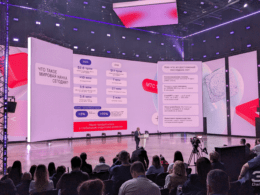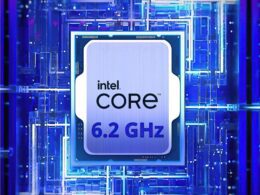Google has begun cautiously exploring the implementation of a feature to the ChromeOS similar to the recently unveiled Microsoft Recall option for Windows 11. The new feature currently referred to as “Memory”, like Recall, will continually monitor user actions to provide the capability of swiftly returning to any past activity.
In an interview with PCWorld, Google’s Vice President for ChromeOS, John Solomon noted that the company saw potential in having a feature that’ll allow users to “go back in time” to remember past activities on their devices.
“Imagine you are consuming something on your screen then you get distracted—you need to go and chat with someone or take a water break. Returning to your Chromebook, it would be convenient to have a rewind function to the point where you stopped, or a screen record feature that will take you back to the appropriate spot“, Solomon explained.
According to Solomon, Google is currently discussing specific use-cases of such a feature in ChromeOS with respective departments, planning to put a strong emphasis on user control. Instead, the proposed feature is essentially a manually controlled recording and playback function for on-screen activities, not constant whole activity monitoring.
“People find technologies puzzling that work inexplicably, without providing obvious benefits or a sense of control. Our approach will be different: the user decides where and when to activate Recall and can easily return to the necessary work moment“, Solomon emphasized.
Besides, the interview discussed other top priorities in developing Chromebook, including plans to equip devices with specialized AI chips Snapdragon, integration of AI features, and Google’s substantial attention to Chromebook models with extended intellectual capabilities.
Despite often being perceived as more straightforward and affordable compared to Windows and Mac, Google is heavily investing in the development of smart features for the system. In the coming years, Chromebook is likely to become an even more intelligent device.





